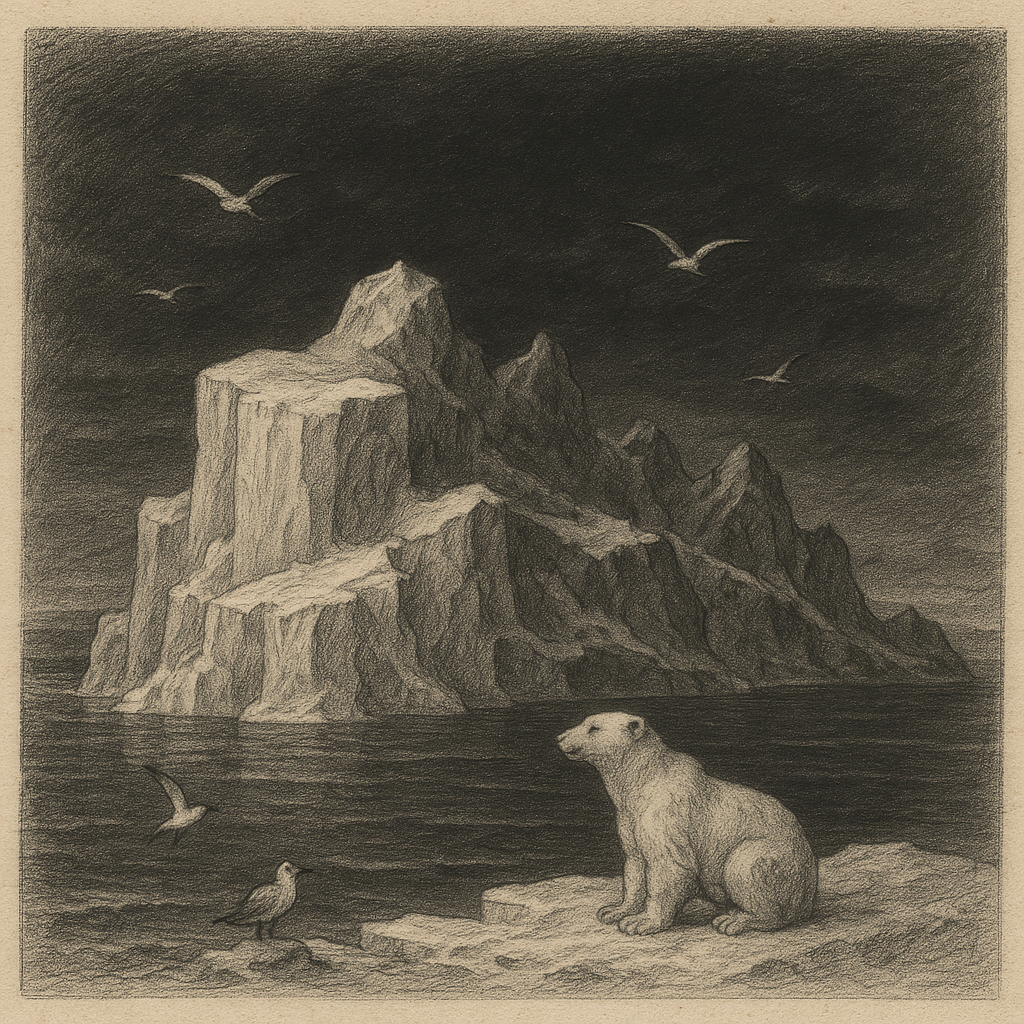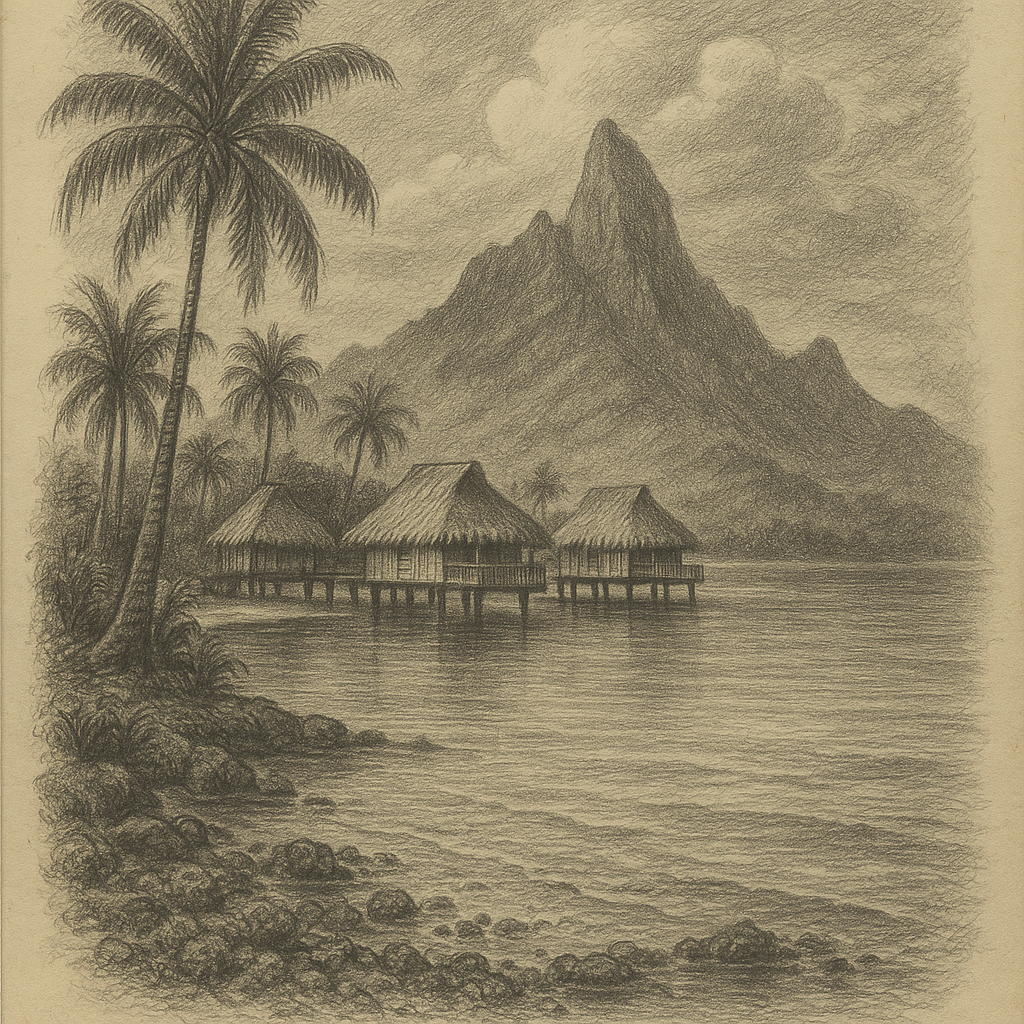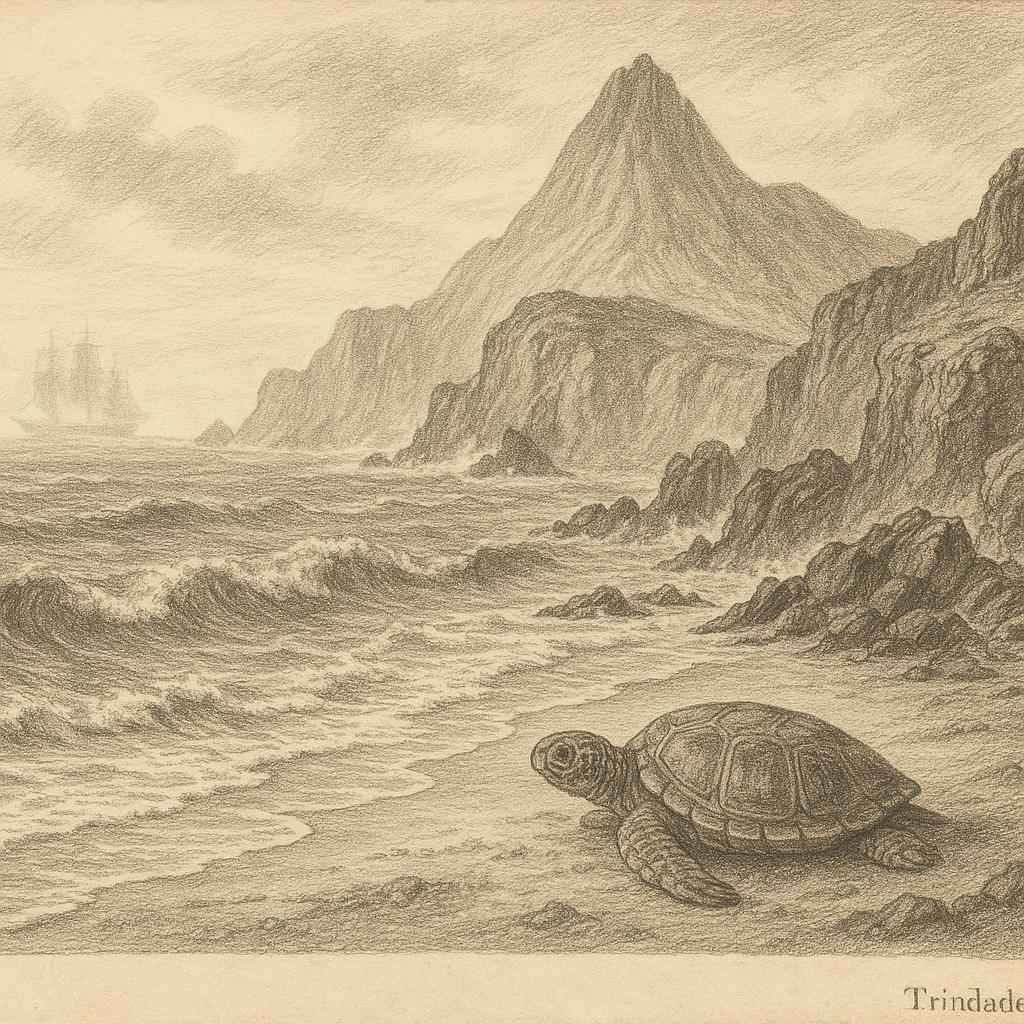Hall Island: A Remote Arctic Enigma Nestled deep in the icy waters of the East Siberian Sea, Hall Island is one of the most remote and lesser-known territories within the Arctic realm. This desolate landmass, part of the Russian-administered De Long Islands, is a windswept and icy sentinel that bears witness to centuries of Arctic exploration, extreme weather, and mystery. Though virtually uninhabited and seldom visited, Hall Island offers a unique window into the stark beauty of the polar region and the scientific, historical, and mythical tales that surround it. Location and Geography Hall Island is situated in the East Siberian Sea, part of the northern Russian Arctic. It forms part of the De Long Islands subgroup within the New Siberian Islands archipelago, lying approximately 77°N latitude and 159°E longitude. The island spans a modest land area of about 1,700 square kilometers and is covered primarily by thick permafrost and ice sheets for much of the year. The terrain of Hall Island is characterized by craggy ridges, ice-capped plateaus, and glacially carved valleys. Rising up to nearly 500 meters above sea level, the island’s topography reflects its geological origins—formed by ancient volcanic and tectonic activity, with bedrock mainly composed of sedimentary and metamorphic rocks. It is surrounded by treacherous ice floes and an often impassable polar sea, making approach by vessel difficult except during rare summer thaws. Climate and Environmental Conditions The harsh polar climate of Hall Island defines its existence. With average annual temperatures lingering well below freezing, the island endures long, dark winters where the sun does not rise for months. Summer brings only brief respite, with temperatures barely breaching 0°C and a short-lived thaw that exposes pockets of tundra. Hall Island lies within the Arctic tundra biome, and its flora is limited to hardy mosses, lichens, and small Arctic grasses that cling to the exposed rock during the short summer. Fauna includes occasional populations of polar bears, Arctic foxes, and migratory seabirds that nest along the cliffs during the breeding season. The isolation and extremity of the environment have rendered the ecosystem fragile, though relatively untouched by human activity. History and Scientific Interest Hall Island’s recorded history is tied closely to the golden age of Arctic exploration. The island was named after Charles Francis Hall, a 19th-century American explorer who led multiple Arctic expeditions in search of the Northwest Passage and the lost Franklin expedition. The De Long Islands, including Hall, were charted by the U.S. Jeannette Expedition in 1881 under the command of George Washington De Long. The ill-fated voyage sought a navigable path through the Arctic but ultimately ended in tragedy after the ship became trapped in ice and sank. Survivors used Hall Island as one of several waypoints in their desperate journey to reach land and eventual salvation. While the island has no permanent population or scientific stations today, it retains a significant role in Arctic climatology and paleogeography. The region has been a subject of satellite observation and occasional over-flights to monitor glacial coverage, sea ice extent, and permafrost behavior under the strain of climate change. Points of Interest Though devoid of human construction or marked trails, Hall Island offers a number of natural and historical points of interest. One such site is the presumed landing location of the Jeannette Expedition survivors, where relics may still lie buried under ice and snow. The cliffs on the island’s northern coast offer a dramatic view over the Arctic Ocean and serve as nesting areas for ivory gulls and other seabirds. The juxtaposition of volcanic rock against extensive permafrost fields illustrates the complex geological history of the polar region. Additionally, floating icebergs and nearby drift pack ice create surreal landscapes worthy of photogrammetric study and remote sensing imagery. Legends and Lore Despite its remote location and limited human contact, Hall Island has inspired a handful of legends—particularly among Arctic explorers and indigenous groups. One oft-repeated tale speaks of a “ghost light” occasionally seen flickering over the icy ridgeline during the polar night. Thought to be atmospheric or geomagnetic in origin, local lore imbues it with spiritual significance—a guiding light for lost souls of explorers who never returned. Another enduring legend suggests that a hidden valley on Hall Island conceals remnants of an ancient civilization trapped beneath the ice. While unfounded, such stories highlight the mystery that remote Arctic islands still inspire in the human imagination. Accessibility and Scientific Conservation Access to Hall Island is extremely limited. The combination of severe weather, drifting ice, and lack of air or sea infrastructure means that the island is largely inaccessible for most of the year. Occasional expeditions by Russian research teams take place via icebreaker ship or helicopter during comparatively milder summer months. Due to its pristine condition and delicate ecosystem, any efforts to study or visit Hall Island are bound by strict environmental protocols. It remains a site of scientific intrigue, particularly as the Arctic becomes an increasingly important bellwether for global climate change. Researchers speculate that future observations of Hall Island could shed light on permafrost dynamics, glacier retreat, and polar ecology. Conclusion Hall Island remains one of the Arctic’s most silent sentinels, embodying the isolation, beauty, and scientific value that characterize the world’s polar frontiers. From its rugged terrain shaped by ancient forces to the legends whispered in its icy winds, the island is both a stark wilderness and a reminder of the Earth’s untamed extremes. Although difficult to reach, and harder still to endure, it continues to captivate explorers, scientists, and dreamers with its frozen allure.

Hall Island
Do you like my work? Buy Me A Coffee
Do you like my work? Buy Me A Coffee
-

Motu Tevairoa
Introduction to Motu Tevairoa Motu Tevairoa is a picturesque island located in the turquoise lagoons of Bora Bora, part of the Society Islands in French Polynesia. The island, while not as globally known as some of its larger neighbours, is a haven of natural beauty, cultural depth, and serene isolation. Nestled just to the northwest…
-

Hall Island
Hall Island: A Remote Arctic Enigma Nestled deep in the icy waters of the East Siberian Sea, Hall Island is one of the most remote and lesser-known territories within the Arctic realm. This desolate landmass, part of the Russian-administered De Long Islands, is a windswept and icy sentinel that bears witness to centuries of Arctic…
-

Trindade and Martim Vaz Island
Trindade and Martim Vaz Island: A Remote Outpost in the South Atlantic Trindade and Martim Vaz Archipelago, known in Portuguese as “Ilhas de Trindade e Martim Vaz,” is a remote group of volcanic islands located in the South Atlantic Ocean under Brazilian sovereignty. Situated approximately 1,200 kilometers off the eastern coast of Brazil near the…
by
Tags: